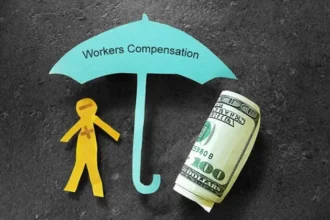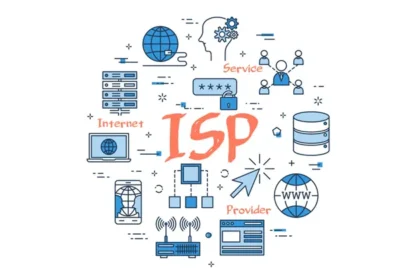Not long ago, sustainability sounded like a marketing slogan. Today, it is a business plan. From global banks to small local firms, the phrase “green business” no longer sits in the margins—it occupies the boardroom. CEOs are learning that sustainability is not about charity or image. It’s about survival, profit, and long-term competitiveness.
According to a 2024 report by PwC, over 80% of global CEOs now see sustainability as “critical” to their company’s future growth. The numbers tell a simple truth: green thinking has become strategic thinking.
The Shift from Compliance to Commitment
A CEO cannot lead without a plan for decarbonization, renewable energy, or ethical supply chains. Investors demand it. Customers expect it. Employees prefer it. From whom? From every store and business, no matter what they produce. Those who adopt green business strategies early will be able to gain a larger market share.
Example? Oh My Iggy, a store that offers eco-friendly leather accessories for dogs, is growing faster than those who can’t choose their path and mix different products, including those made from hazardous materials. But understanding of the value of eco-friendly products is growing, as is respect for pets, meaning the future of this store looks brighter than that of competitors who do nothing to protect the Earth.
So the commitment isn’t just moral—it’s financial. A business that ignores sustainability risks losing its next generation of talent, clients, and even investors.
Profit in the Green Economy
Let’s talk about money. Green business isn’t a cost—it’s a source of value. Companies embracing sustainability often outperform competitors in the long run.
Why? Efficiency. Innovation. Brand trust. Consider Unilever’s “Sustainable Living” brands, which grow 69% faster than their other product lines. Or Tesla, which built its entire valuation around a clean energy vision. Even small steps—like switching to renewable electricity or cutting packaging waste—can save millions annually.
For example, Walmart saved more than $1 billion over ten years by improving its energy efficiency. Green choices are not only planet-friendly but budget-friendly. What used to be optional now drives competitiveness.
The Pressure of Public Expectations
Public opinion has changed. The world is watching, and silence is costly. A company’s carbon footprint, water use, or waste management practices can now trend on social media overnight.
Transparency is expected. Greenwashing is punished. Customers want authenticity and evidence. They want companies that “walk the talk.” According to NielsenIQ, 66% of global consumers are willing to pay more for sustainable products.
So CEOs can no longer hide behind vague promises. They are judged by measurable action: net-zero targets, sustainable sourcing, and ESG (Environmental, Social, and Governance) performance.
This pressure can be uncomfortable, but it’s also an opportunity. Visibility means accountability—and leadership.
Innovation Through Sustainability
Sustainability fuels creativity. When constraints appear—such as limits on materials, emissions, or resources—innovation often follows.
Look at the boom in circular economy models. Companies like Patagonia repair and resell used items. IKEA invests in renewable forestry. Automotive giants are reimagining electric mobility. Even the tech sector, notorious for high energy consumption, is building data centers powered entirely by renewable sources.
This shift transforms how businesses operate. Supply chains are being redesigned. Products are being reinvented. Waste is being treated as a raw material. Sustainability no longer limits growth—it redefines it.
The CEO’s Role in Driving Change
Leadership begins at the top. A company cannot become sustainable if its leadership doesn’t believe in the cause. The modern CEO must be both strategist and storyteller—aligning stakeholders, setting measurable goals, and building a culture that values long-term impact over short-term gain.
Some leaders are already ahead. Microsoft pledged to be carbon-negative by 2030. Apple committed to a fully carbon-neutral supply chain. Even industries once considered “hard to decarbonize,” like steel or shipping, are investing billions in clean technology.
When the CEO makes sustainability a core strategy, the entire organization follows. It becomes part of the decision-making logic—from product design to logistics to marketing.
The Road Ahead: From Vision to Action
The next decade will test corporate promises. Ambitions are easy to declare, but difficult to deliver. CEOs who embed sustainability into every layer of their business will define the new corporate elite.
The transformation won’t be simple. It will demand investment, innovation, and courage. But the reward—a resilient, profitable, and respected company—is worth the challenge.
Sustainability is no longer an add-on. It’s a strategy. It’s identity. It’s imperative.
And in this new era, the question for CEOs isn’t “Should we go green?” but “How fast can we?”










